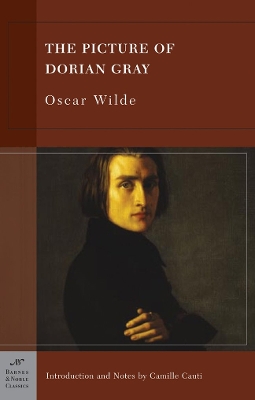Reviewed by Michael @ Knowledge Lost on
Dorian Gray starts off in this novel as a blank slate, an easily influenced young man. Thoughout the rest of the story he gets moulded and pushed into shape. After Basil paints his portrait Dorian starts to unravel, afraid to show the picture, he locks it way in a room and never lets anyone see it, protecting it at all costs. The whole thing symbolising the way we hide our real selves from the rest of the world, scared of what they may think.
The Picture of Dorian Gray would have been controversial in its day, with strong homosexual themes. Though the book itself is more about the life and morality, Oscar Wilde did a brilliant of capturing this element of the book. For me the biggest downfall of this book was that Lord Wotton was too loud and dominates throughout the entire book.
Reading updates
- Started reading
- 22 August, 2010: Finished reading
- 22 August, 2010: Reviewed
